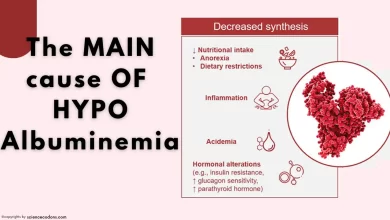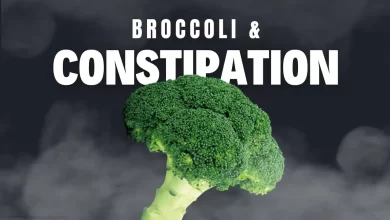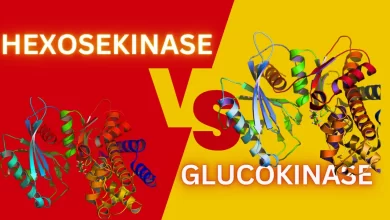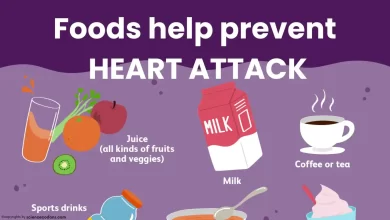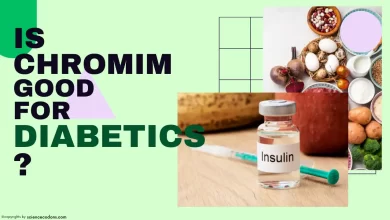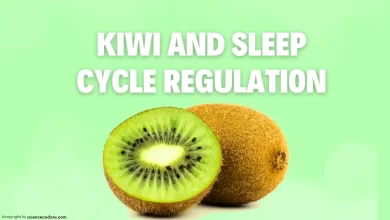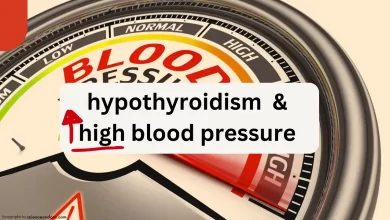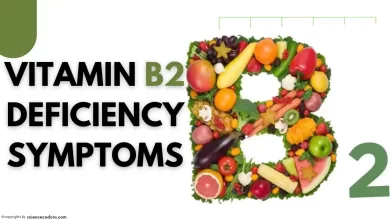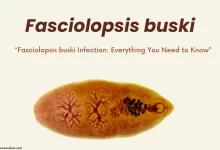Viroids and virusoids are plant pathogens that, despite their similarities, have fundamental differences in genetic material length, reproduction, transmission, and infection in their host.
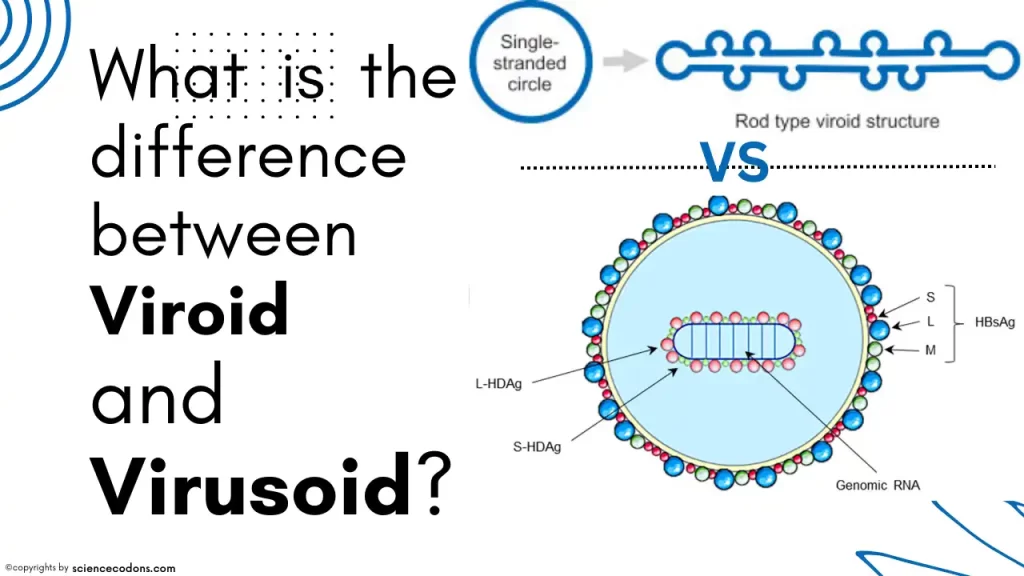
The genetic material of these pathogens consists of single-stranded, circular RNA. Viroidoids require the assistance of a virus to infect host cells and replicate. These pathogens enter plant cells through the capsid cover of the virus. Viroids have a larger genome size (200-400 nucleotides) compared to virosoids (80-400 nucleotides), and Viroids do not code for any proteins, while virosoids code for at least one protein.
Viroids have a rod-like structure with terminal branches. The hammer-shaped head of these pathogens contains a ribozyme enzyme responsible for separating the multimeric RNA strands during replication. Viroids can replicate autonomously in the host cell, whereas virosoids depend on a helper virus for replication and encapsidation. Unlike viroids, virusoids replicate in the cytoplasm using the RNA polymerases of the host cell. The function of virusoids is similar to that of satellite RNAs that infect animal cells. The hepatitis delta virus is a type of satellite RNA.
| Characteristic | Viroid | Virusoid |
|---|---|---|
| Size | Smallest known infectious agents | Slightly larger than viroids |
| Protein coat | No | Yes |
| Replication | Replicates itself within the host cell | It relies on the host cell’s machinery to replicate |
| Transmission | Typically transmitted through mechanical means | Typically transmitted through vectors |
| Ability to cause disease | Yes | Yes |
| Difficult to control | Yes | Yes |
| Can evolve rapidly | Yes | Yes |
now let’s talk more about viroids and virusoids…
What are viroid and virusoid?
A viroid is a plant cell pathogen composed of a circular RNA strand without a protective covering. It consists of 250 to 400 ribonucleotides. Viroids utilize the enzymes and proteins of the host cell to replicate. These pathogens do not contain any protein-coding genes. Viroids are transmitted from infected cells to other cells through plasmodesmata and water carriers, spreading to tissues beyond the initial infection site. These pathogens can be transferred between plants through grafting, physical damage, pollen, seeds, and insects. These pathogens cause diseases in both herbaceous and woody plants.
The severity of plant diseases is influenced by the viroid strain (nucleotide sequence), host genotype, and environmental conditions. These pathogens cause disease by directly interacting with the host’s genetic material. Viroids are divided into two families based on secondary structure: ‘Avsunviroidae‘ and ‘Pospiviroidae.’
Virusoids possess linear or circular RNA as genetic material, but they cannot replicate—cells infected with a virus function as helpers for replication, operating autonomously.
Virusoids are viroids that have been encapsulated by a coat protein from a helper virus. They are similar to viroids in their means of replication, using rolling circle replication, but differ in that viroids do not have a protein coat. Virusoids are classified as subviral particles rather than viruses in virology. Since they rely on helper viruses, they are classified as satellites. Depending on the definition used, the term “virusoid” may also include Hepatitis D virus (HDV).
Common viroid examples
- Potato spindle tuber viroid (PSTVd)
- Citrus exports viroid (CEVd)
- Peach latent mosaic viroid.
- Coconut cadang-cadang viroid (CCCVd)
- Avocado sunblotch viroid (ASVd)
Common virusoids examples
- Potato tuber necrotic ringspot virusoid (PSTVd)
- Chrysanthemum chlorotic mottle virusoid (CChMVd)
- Coconut foliar decay virusoid (CFDVd)
- Hop latent virusoid (HpLVd)
